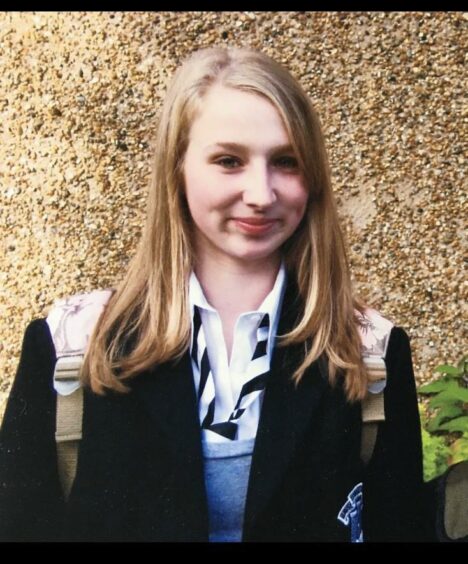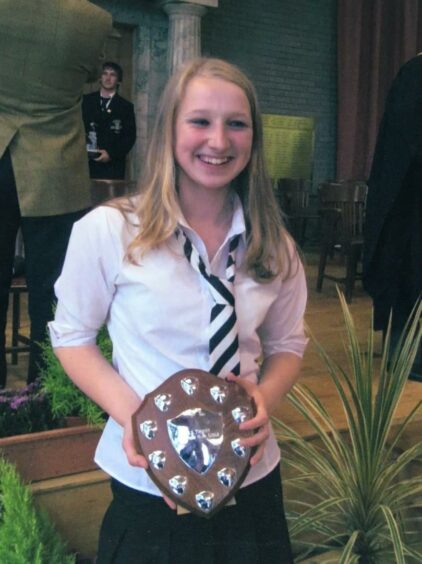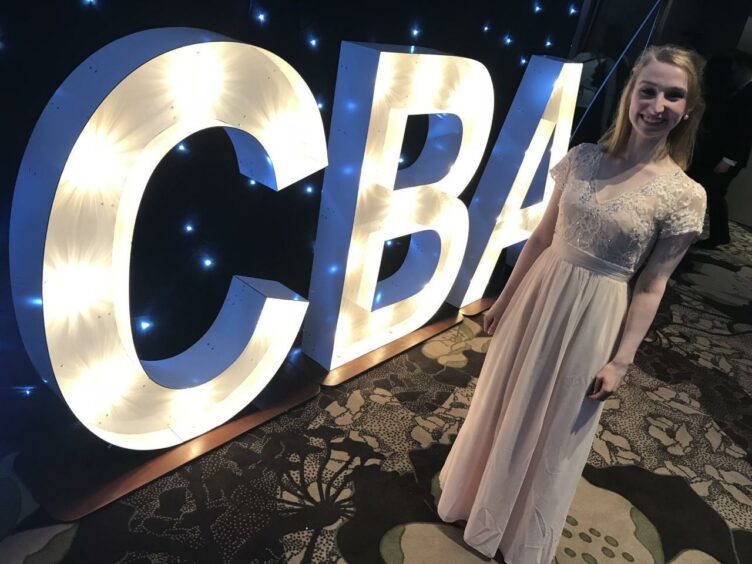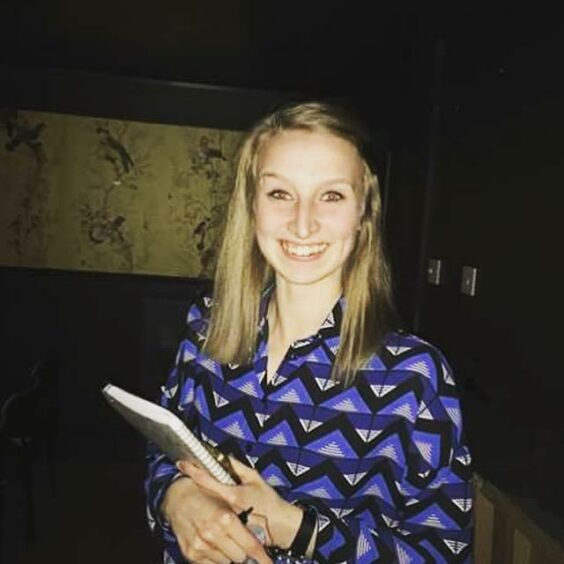When Dundee woman Rebecca Shearer was 10, author Nicola Morgan visited her primary school to promote her novel Mondays Are Red.
It’s a book about a teenager living with synaesthesia.
“I couldn’t cope with the fact she thought Mondays are red, because to me, Mondays are blue and they always have been,” food writer Rebecca remembers.
“Looking around the room, I was thinking that’s not true, ‘is nobody going to point out the fact Mondays aren’t red?’ I couldn’t understand it.”
‘I could never walk down that corridor’
It wasn’t just the book that had caused Rebecca confusion.
She continues: “In my high school we had four ‘nations’ – like the houses from Harry Potter.
“To me, their noticeboards were all in the wrong colour. One was meant to be red, but it was actually green. I couldn’t walk down that corridor without feeling uncomfortable.
“On sports day we had to wear our nation colours and I wore the colour I thought I should wear instead of the right one. I knew there was something not right.”
What is synaesthesia?
Rebecca has synaesthesia – a condition that causes the five senses to mix and crossover with each other.
It manifests itself in different ways: Some with the condition, like Rebecca, may associate certain words, numbers or letters with a particular colour.
Others may associate certain words or sounds with a particular taste or smell.
Rebecca explains: “I’ve had this my whole life and every letter of the alphabet has a colour.
“Every word then takes on the colour of its first letter and the same with numbers as well: So, number one takes on the same colour as ‘O’.
“For me, A is a bold red, B is an orange-yellow, C is an ocean blue, D is teal and so on.
“If it’s a word that has a colour attached to it like ‘sky’ – obviously the sky is blue, but for me, ‘S’ is green.”
There is evidence to suggest it could be a genetic condition.
‘The way I see the world is different’
Some famous people are reported to have synaesthesia, including singers Billie Eilish and Beyoncé, Marylin Monroe and Kanye West.
It is not harmful and isn’t considered to be either a physical or mental health condition.
It doesn’t typically require a diagnosis, but if think you might have the condition or are interested in learning more, you can contact your GP.
Many who have synaesthesia might not even know they have it.
Rebecca says: “I realised at school the way I see the world is maybe slightly different to the ways other people see it.
“It was quite helpful studying for exams at university, because I could colour coordinate things in my mind.
“It hasn’t ruined my life or held me back – I just get the odd frustration if someone’s used the ‘wrong’ colour which they’ve not known is the ‘wrong’ colour.
“People probably wouldn’t notice it’s something going on in my head.”
Around 4% of the population is estimated to have synaesthesia – learn more about the condition and how it affects people differently from the UK Synaesthesia Association.




